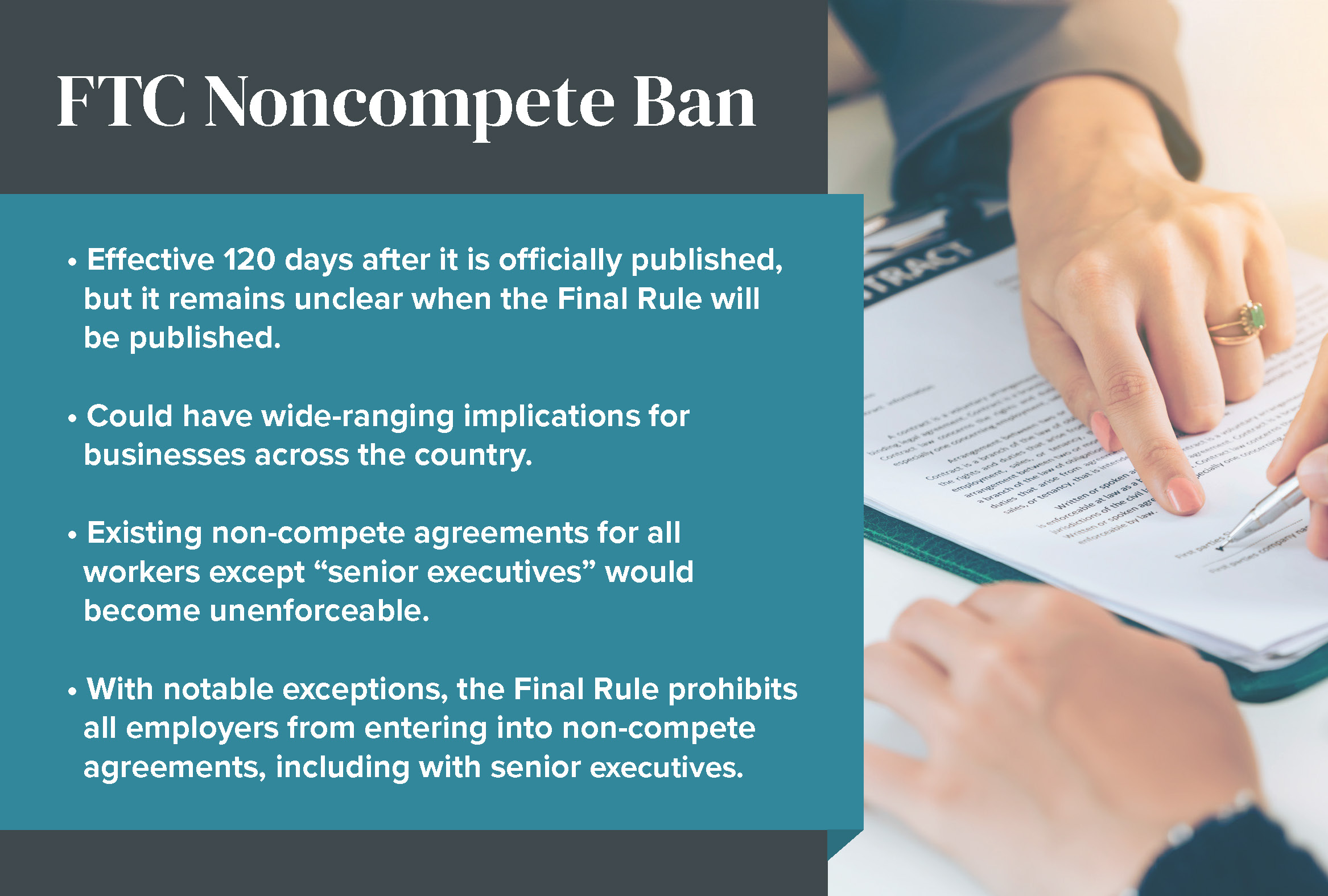April 10th, 2020
Your Business is Interrupted – Is Your Insurance in Play?
Posted in: Commercial Litigation Featured Tagged: Alexia Kent McClure, Coronavirus
Author: Alexia Kent McClure

Ask most anyone in the insurance world whether you may have coverage for this unprecedented business loss and the answer will be, “no.” Is the answer really, no? What is driving the “no” may have more to do with policy — and not your insurance policy.
An insurance policy is a contract, one that you typically do not write. You discuss your needs and the cost of various coverages with an insurance representative, and you land with a policy that you actually never may look at – until a peril strikes. You pay your premiums and expect your insurance company and insurance broker to be there for you when you call upon them.
A contract is nothing more — and nothing less — than the sum of its terms. How you determine what your insurance policy covers includes analysis of how coverage is defined, whether and how certain terms are defined, and whether this type of loss is or is not expressly excluded. No single term or provision may be viewed in a vacuum. The purpose of the insurance policy always matters.
What if you have been paying for an “all-risk” policy? That conceivably may impact whether there is coverage. This goes to intent of the parties, reasonable expectations of the parties, and the like. “Parties” here means your insurance company, who drafted the policy, and you, who paid the insurance premiums. In certain instances and certain jurisdictions, ambiguities in wording will be interpreted against the insurance company, as the drafter of the contract.
If you are reading this, you already may have asked questions about your policy, and whether or not you have coverage for the business interruption caused by COVID-19. Some policies have strict language excluding virus-related claims. For all others, the language may be more susceptible to interpretation. Some policies require “direct physical loss or damage,” while others do not. Further, direct physical loss or damage may be defined in the policy, and it may not. Where does COVID-19 fit in? If you have a coverage extension for “civil authority,” or the like perhaps the Governor’s Stay–at–Home Order brings you within coverage regardless of any direct physical loss or damage issue.
Are there clear answers? Probably not. When policies are tested, coverage provisions and exclusion provisions are handled 180 degrees differently. Insurers and insureds all are in uncharted waters now.
How do you know where you fall with your insurance in these murky, turbulent waters? In the law, precedent matters and analogies can be drawn. Gaseous fumes are one example. Generally you cannot “see” or “feel” the mere presence of a gaseous fume. You also cannot “see” or “feel” the presence of COVID-19 or a stay-at-home order. To illustrate precedent, courts have decided cases involving gaseous fumes. There is precedent for a situation where, for example, a gas release (something you cannot see or feel) rendered an insured premises temporarily uninhabitable, and that was found to constitute “direct physical loss or damage” to the insured premises.
You should have your contracts reviewed to address what has occurred and the wider lens we now have on what can occur, and to put wheels in motion now on who imminently should be notified of claims, circumstances, and/or the potential for either.
Insurance contracts include strict notice provisions. Timely, proper notice is mandatory — not optional. Erring on the side of providing proper notice sooner rather than later may impact the practical result of a claim.
What is included in notice communications, both as to coverage/liability and as to loss/damage, and how the claim, or potential claim, is framed, matters. First impressions matter — a lot. Seek help from an experienced attorney now in order to do it right the first time to facilitate the result you want.
You can find more on issues affecting businesses and individuals in our COVID-19 Resource Center.





